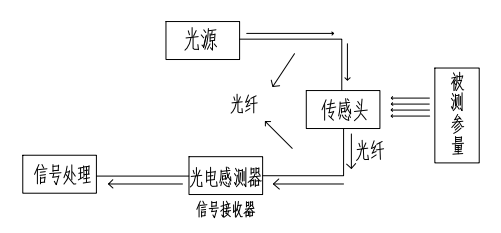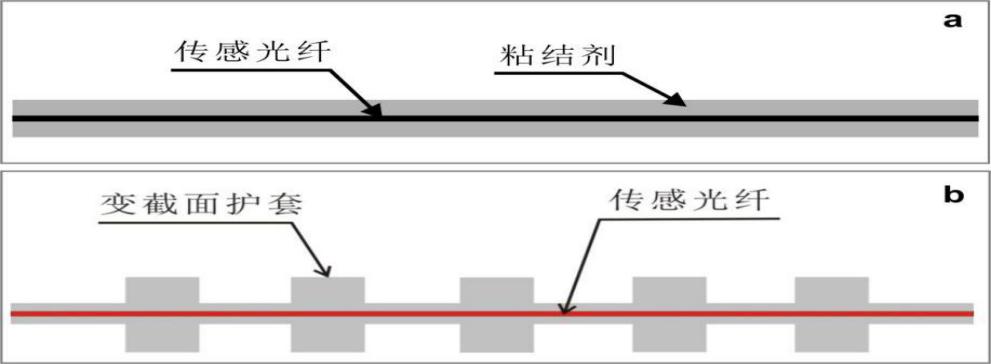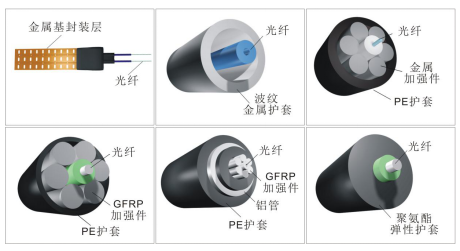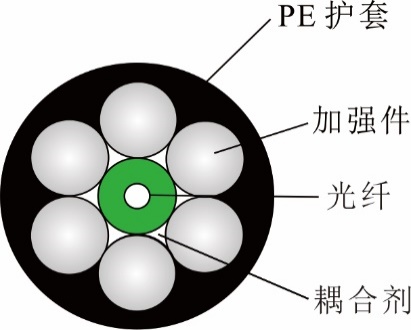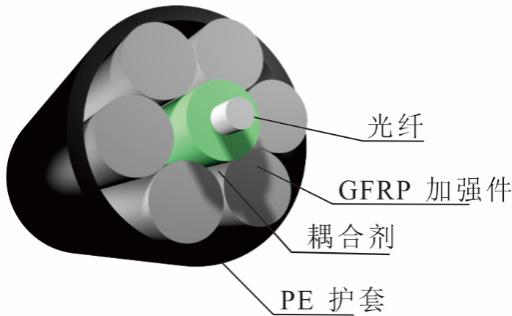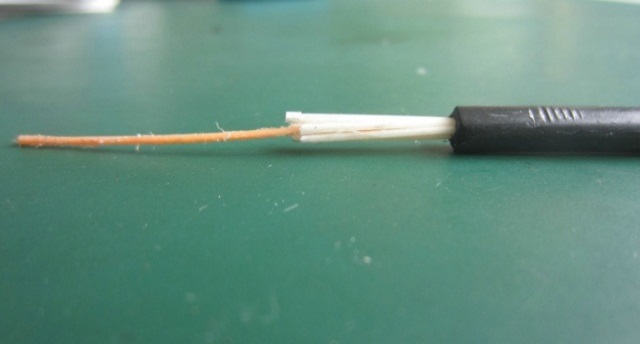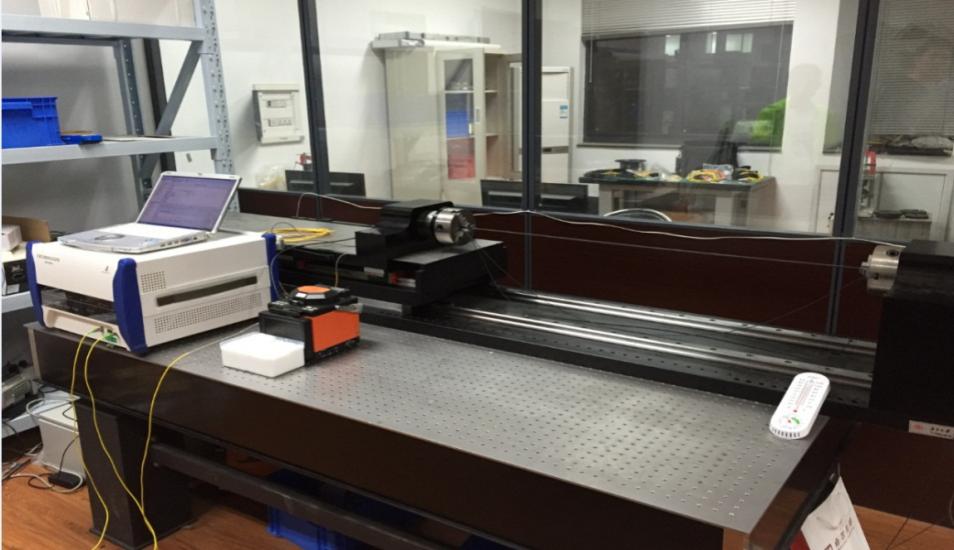基于BOTDR的支盘桩抗拔特性研究毕业论文
2020-06-18 19:56:13
摘 要
桩基是由桩身和承台相互连接构成的一种支撑形式,可以提供很高的承载力及稳定性;可以支撑构筑物不产生过大下沉和变形;可以很大程度的减小施工工作量、节约造价;是一种应用十分广泛的建筑结构形式。随着社会对构筑物安全和样式要求标准的增加,使设计师构思并设计的新型桩:挤扩支盘桩,它属于变截面桩。参照仿生学方法,类比树根的特点和形状,构想并设计出的新型桩型,承载力和抗拔力相比于普通灌注桩,有大幅度的提高。
基于BOTDR的分布式光纤感测技术是将光波作为运载体、光纤(光导纤维)作为媒介,感知并传输外界测量信号的一种新型传感技术。伴随着光纤和光纤通信的发展,这项传感技术正作为新兴产业在快速崛起。
本篇论文主要介绍各种桩基的基本内容,重点介绍支盘桩和基于BOTDR的分布式光纤感测技术,根据近些年各专家学者在桩基检测中的应用和案例,对这项技术的原理、工艺、感测光缆类别、适用范围、施工方法、测量数据处理,轴力分析等进行归纳与概括,通过对支盘桩抗压变化的检测,数据处理与分析,得到了初步的支盘桩承载特性的研究与总结。
关键词:桩基、支盘桩、分布式光纤感测技术、感测光缆、轴力、侧摩阻力。
Research on Bearing Capacity of Branch Pile Based on BOTDR
Abstract
The pile foundation is a kind of supporting form which is composed of the pile body and the pile cap, which can provide high bearing capacity and stability; can support the structure does not produce excessive sinking and deformation; can greatly reduce the construction work Quantity, cost savings; is a very widely used form of building structure. With the increase in the standards of safety and style requirements for the structure of the society, the designer has conceived and designed a new type of pile: it is a variable cross pile. With reference to the bionics method, the characteristics and shape of the similar tree roots, the new pile type, the bearing capacity and the pull resistance are conceived and designed to be greatly improved compared with the ordinary pouring pile.
BOTDR-based distributed fiber sensing technology is a new type of sensing technology that uses light as carrier, optical fiber (optical fiber) as a medium to perceive and transmit external measurement signals. With the development of optical fiber and optical fiber communication, this sensor technology is emerging as a new industry in the rapid rise.
This paper mainly introduces the basic contents of various pile bases, mainly introduces the branch pile and BOTDR-based distributed fiber sensing technology. According to the application and case of experts and scholars in pile foundation detection in recent years, The principle of the cable, the range of the cable, the scope of application, the application method, the measurement data processing, the axial force analysis and so on. Through the detection, data processing and analysis of the compression resistance of the piles, Research and Summary of Bearing Capacity of Pile.
Keywords: pile foundation、 branch pile、 distributed fiber sensing technology、 sensing cable,、aial force,、side friction.
目录
摘要 1
Abstract 1
第一章 绪论 1
1.1引言 1
1.2桩基础的历史回顾 1
1.3桩基分类 2
1.4支盘桩的施工工艺及承载特性 4
1.5桩基检测技术现状 5
1.6 本文研究内容 7
第二章 分布式光纤感测技术 8
2.1基于BOTDR的分布式光纤感测技术 8
2.2光纤传感技术的应用 10
2.3光纤传感技术在桩基上的应用 10
第三章 感测光缆 13
3.1 感测光缆 14
3.2 感测光缆的封装 16
3.3 GFRP分布式感测光缆的标定 17
3.4 布设工艺 20
第四章 赵庄支盘桩测桩数据处理与分析 22
4.1工程概况 22
4.2试验区的选择 23
4.3 试验方案 23
4.4 桩身应变测试结果与其分布特征 25
4.5基于光纤应变模式下桩身轴力与侧摩阻力计算 28
第五章 总结与展望 38
5.1总结 38
5.2展望 38
参考文献 40
致谢 42
第一章 绪论
1.1引言
桩基是由桩身和承台相互连接构成的一种支撑形式,可以提供很高的承载力及稳定性;可以支撑构筑物不产生过大下沉和变形;可以很大程度的减小施工工作量、节约造价;是一种应用十分广泛的建筑结构形式。桩基础也是最早的一种建筑结构,随着不断地变化,已经出现了各种质料和各种样式的桩型,如预制桩、灌注桩、等截面桩、变截面桩、方桩、H型钢桩和管桩,在现代建筑中,应用十分普遍[1]。
1.2桩基础的历史回顾
在桩基初期阶段(我国7000多年前到18世纪部分国家至20世纪中期),使用的主要桩型是木桩和石桩。这些桩基础是通过天然材料制作,所以桩长与桩径都比较小,竖直设置桩基,传递竖向荷载,广泛在地质条件不良的河谷和冲积平原地区设置,并使用人力锤打进行沉桩。
在桩基发展阶段(18世纪中期到20世纪初),水泥工业和钢铁普及,使桩基础发生了很大的改变,使用的桩型除了木桩和石桩以外,主要是(钢筋)混凝土桩,但是桩型并不是很丰富,受第一次工业革命的影响,机械开始进入建筑业,发明了打桩机进行机械沉桩,所以桩身尺寸相比于木桩和石桩,有大幅度增大,桩径大约20~33cm,桩长可以达到16m。桩基设计理论和施工技术比较简单,仍然处于“萌芽”阶段,土力学的建立为桩基技术的发展提供了理论基础[2]。
在桩基现代化阶段(从1945年以来),使用的桩型得到了更全面的变化,产生了一批新型桩如旋喷桩、特殊桩(高强预应力管桩PHC、变截面、超高超大桩型等)、混凝土桩、预制桩、和钢桩等,还有天然材料制作的碎石桩和土桩等。在这一阶段发产生的一系列的桩型和施工工艺中,造就了如今桩基分别的系统,而且桩基工艺和原理融入了相关专业优秀的方面,拓展了它的研究范围和层次,桩的应用领域也扩展到了其他行业,人力沉桩也被其他大型的机械和专业化的技术取代[3]。
相关图片展示:
